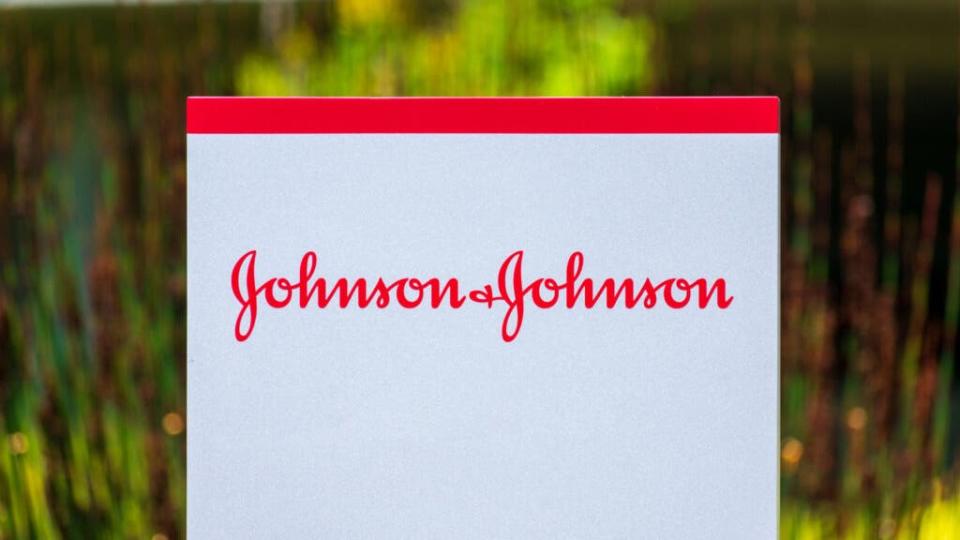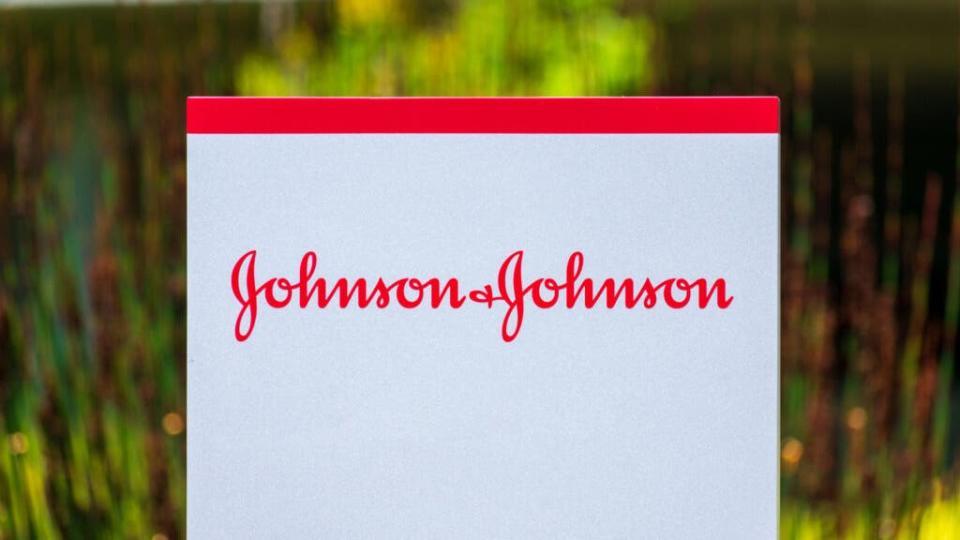
Benzinga and Yahoo Finance LLC may earn commission or revenue on some items through the links below.
Johnson & Johnson (NYSE:JNJ), the world’s largest and most diverse health care firm, will report its Q3 2024 earnings on October 15. Wall Street analysts expect the health care giant to post an EPS of $2.17, down from $2.66 in the year-ago period. Quarterly revenue is expected to be $22.14 billion, up from $21.35 billion in the year-ago period.
Trending: Can you guess how many retire with a $5,000,000 nest egg? More than you think! People are using this free retirement questionnaire to speak to a vetted financial advisor about their pacing towards retirement
If You Bought Johnson & Johnson Stock 20 Years Ago
The company’s stock traded around $31.57 per share 20 years ago. If you had invested $1,000, you could have bought approximately 32 shares of Johnson & Johnson stock. Currently, shares are trading at $158.56, which means your investment’s value could have soared to $5,022 because of stock price appreciation. But wait, the company also paid dividends during these 20 years.
Johnson & Johnson’s dividend yield is currently 3.13%. Over the last twenty years, it paid around $49.145 in dividends per share, which means you could have made $1,556 from dividends alone.
Summing up $5,022 and $1,556, we end up with the final value of your investment, which is $6,578. This is how much you could have made if you had invested $1,000 in Johnson & Johnson stock 20 years ago. This means a total return of 557.8%. In comparison, the S&P 500 total return for the same period is 549.37%.
Don’t miss the real AI boom – here’s how to use just $10 to invest in high growth private tech companies.
What Could The Next 20 Years Bring?
According to data from Benzinga, Johnson & Johnson has a consensus rating of Neutral and a price target of $169.27 based on the ratings of 22 analysts. The price target implies a 6.7% potential upside from the current stock price.
On July 17, Johnson & Johnson announced its Q2 2024 earnings results, which reflected strong momentum in its medtech and innovative medicine divisions. Although one-time charges prevented top-line growth from reaching the bottom line, the company continued to advance its drug pipeline for a new medical era, with significant clinical milestones being attained throughout the quarter.
The company reported Q2 adjusted EPS of $2.82, up 10.2% year-over-year, beating the consensus of $2.70. Revenues came in at $22.45 billion, up 4.3% year-over-year and above the consensus of $22.31 billion.
“With a robust pipeline, upcoming regulatory milestones for RYBREVANT and TREMFYA, the integration of Shockwave, and continued expansion of newly launched products, including ACUVUE OASYS MAX 1-Day contact lenses and our VARIPULSE platform, we have a strong foundation for near and long-term growth,” said Joaquin Duato, Chairman and CEO.
The company reaffirmed 2024 reported sales guidance of $88 billion-$88.4 billion versus the consensus of $88.74 billion. The company expects fiscal year 2024 adjusted EPS guidance of $9.97–$10.07, down from prior guidance of $10.57–$10.72 versus the consensus of $10.01, to reflect the impact of recent acquisitions of Shockwave Medical, Proteologix, and NM26 Bispecific Antibody.
In summary, income-focused investors may find Johnson & Johnson stock attractive, given the current dividend yield of 3.13%, consistent dividend hikes, historical stock price appreciation, and expected upside potential.
Are You Missing Out On Higher Yields?
The current high-interest-rate environment has created an incredible opportunity for income-seeking investors to earn massive yields, but not through dividend stocks… Certain private market real estate investments are giving retail investors the opportunity to capitalize on these high-yield opportunities and Benzinga has identified some of the most attractive options for you to consider.
For example, the Jeff Bezos-backed investment platform just launched its Private Credit Fund, which provides access to a pool of short-term loans backed by residential real estate with a target 7% to 9% net annual yield paid to investors monthly. The best part? Unlike other private credit funds, this one has a minimum investment of only $100.
Don’t miss out on this opportunity to take advantage of high-yield investments while rates are high. Check out Benzinga’s favorite high-yield offerings.
© 2024 Benzinga.com. Benzinga does not provide investment advice. All rights reserved.
This article If You Invested $1000 In Johnson & Johnson Stock 20 Years Ago, How Much Would You Have Now? originally appeared on Benzinga.com
EMEA Tribune is not involved in this news article, it is taken from our partners and or from the News Agencies. Copyright and Credit go to the News Agencies, email news@emeatribune.com Follow our WhatsApp verified Channel





